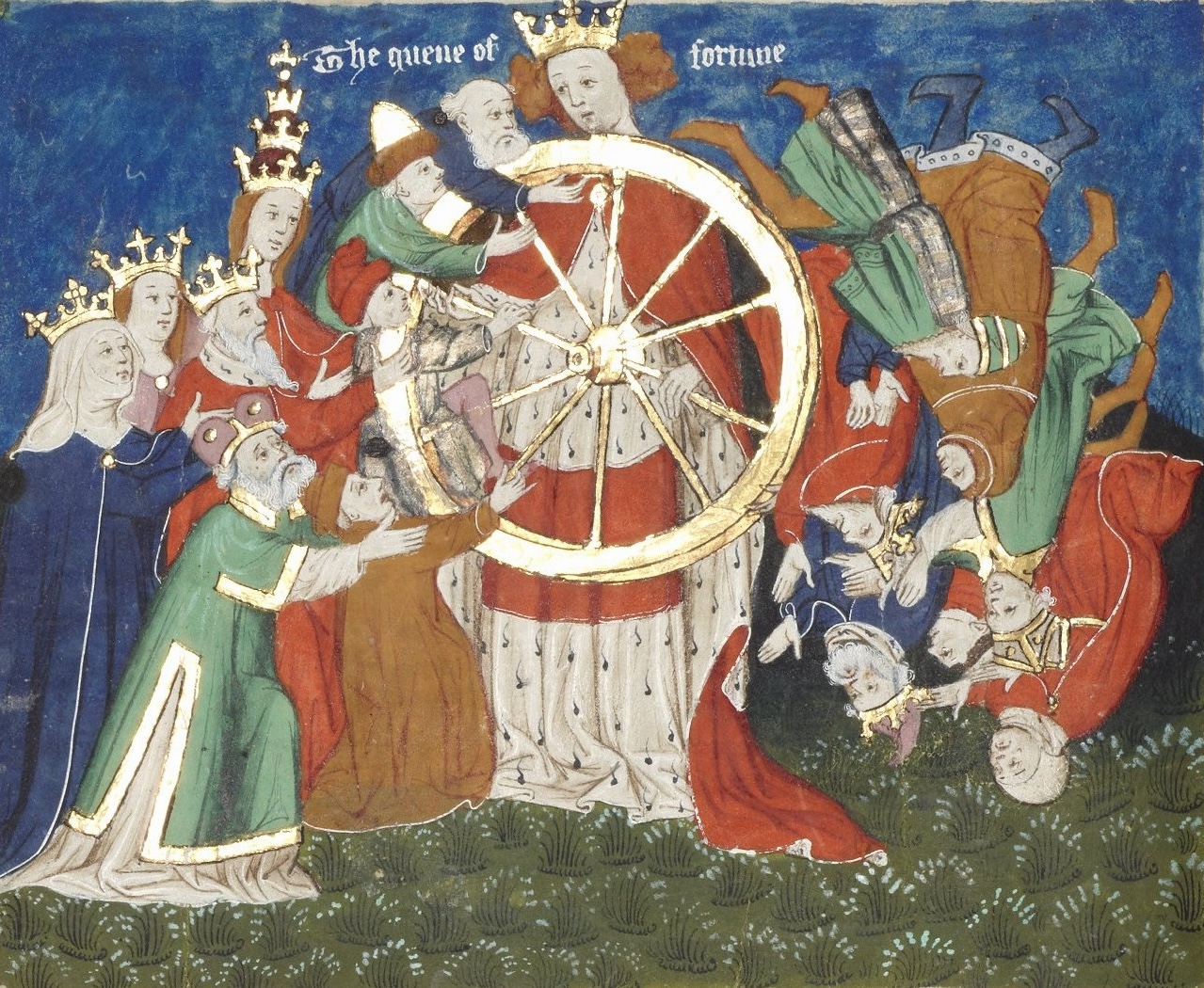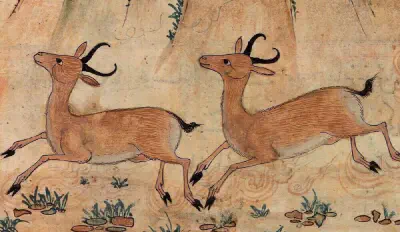This piece was first published on The Startup.
Creativity involves a whole load of luck. It is inherently unforeseeable. And being unforeseeable, creativity is bound up with luck and chance in interesting ways. When you get lucky and stumble upon just the right idea at just the right time, it can feel close to miraculous. When you are feeling unlucky, it seems as if there is nothing you can do. But as a writing teacher, I have learned that the art of creative luck can be taught.
Sometimes students say that they don’t think they are very creative people. But I never believe them. Human brains fizz with creativity. The real question is how we channel, shape and maximise the creativity that we all have, and how we can use it to give shape to new things in the world. There is an art to being lucky, and it is an art that we can cultivate. To do so, we need to understand the relationship between creativity and chance.
In 1754, Horace Walpole wrote to his friend Horace Mann about a ‘silly fairy tale’ called Three Princes of Serendip. The story had its roots in Persia and was translated into Italian in the sixteenth century. From Italian, it was again translated into English, where it became popular in the English-speaking world. In the story, the Three Princes are, ‘always making discoveries, by accident and sagacity, of things they were not in quest of.’ They have an uncanny knack of stumbling across new discoveries and ideas.
Walpole gave a name to this ‘accidental sagacity’: he called it serendipity. The word has stuck as a term for this mysterious art of getting lucky. But serendipity is not just something you have, or you don’t have. It is an art. It is, Walpole says, a kind of sagacity or knowledge. And like all kinds of sagacity, it can be cultivated and taught.
So how can this sagacity be cultivated? One book that provides insight into this is James Austin’s Chase, Chance and Creativity: The Lucky Art of Novelty (MIT Press, 1978). In the book, Austin explores the role of chance in creativity. The question the book asks is simple: what are the kinds of chance that underpin creativity? Or, how do chance discoveries happen?
Austin claims that our relationship with chance is not just a kind of victimhood in the face of blind luck. He divides chance into four different categories:
- Chance I: Blind luck, things just happen.
- Chance II: Chance that favours those in motion (or, as Austin writes, “the posture of creativity is forward-leaning”)
- Chance III: Chance that favours the prepared mind.
- Chance IV: Chance born out of a distinctive personal “flavour”.
You can’t do much about Chance I. Much of this is situational: it is your background and your upbringing; it is class and race and gender; it is the uneven territory of privilege and opportunity. What isn’t situational is circumstantial: when the meteor falls, you just happen to be standing right under where it is going to land, and that’s you done for (the meteor, of course, doesn’t care about your background, upbringing etc.).
There are a lot of important questions we should ask about Chance I (questions that Austin doesn’t ask). The unfair and uneven distribution of opportunity in the world is something that needs addressing. But we make a mistake if we think this is the only aspect of chance.
Chance II is the chance that comes from keeping moving and engaged in the world. Going out and rambling over the hills. Heading into the city streets to see what happens. Seeing what you turn up in libraries. Stumbling upon things online. Chance II is about the way, as Walter Benjamin writes, you find yourself mugged by passing ideas as you walk down the street. Austin says it involves ‘curiosity about many things, persistence, willingness to experiment and to explore’ (p. 76).
Chance III is the chance that comes from a prepared mind. As Louis Pasteur said in a lecture in Lille back in 1854, ‘chance favours only the prepared mind.’ But how do you prepare your mind? First, by reading things and experiencing things, and accumulating knowledge and understanding. And second by being attentive to how, in the light of this knowledge, new experience can spark off new things. For this, Austin claims, you need, ‘A background of knowledge, based on your abilities to observe, remember, and quickly form significant new associations’ (ibid.)
Chance IV is the chance that comes from your own unique, personal style. It is made up of the things that fascinate you and interest you. It is born out of the things your parents told you were a waste of time, but you persisted in anyway. It arises from the oddball bundle of interests and obsessions that mark you out as a specific individual.
Austin says that Chance IV emerges from your own, ‘Distinctive hobbies, personal lifestyles, and activities peculiar to you as an individual…’ (ibid.) The more you pursue your own idiosyncratic lifestyle, interests and activities, the more you become your own distinctive shape. And the more you become your own distinctive shape, the more you can make connections and linkages that others cannot see, and create things that nobody else could possibly create.
Breaking down chance into these different categories means that creative luck seems no longer so mysterious. It is something you can teach, that you can cultivate, that you can learn. It is something you can develop by taking practical steps.
So here are some of the things I tell writing students about how to develop this luck, both for themselves and for others.
- Keep moving. If you are stuck, don’t stay in your room squinting at your manuscript or your screen. Get out there, go for a walk, catch a bus, sit in a coffee shop, pick up a book, hang out with friends, do something different. Engage with the world. Ideas and opportunities are not just born in isolation. They are born from our interactions with the world. So interact! Meet new people. Do new stuff. Be restless. Cultivate this habit of movement. See what you stumble on, out there in the big, wild world.
- Accumulate new knowledge and experience. Read books. Experience things. Reflect on your experience. Build up a rich, diverse body of knowledge and understanding.
- Be receptive. Get into the habit of making and exploring connections. Observe the world more closely. Ask stupid questions. Don’t be afraid of being naïve. Naïveté is your friend. Be well-read, be richly experienced, and be naïve.
- Cultivate your own obsessions. Keep doing the things that you love, even though you worry that they are useless. Do more of them. Plunge into the things that interest you most. Don’t worry about what everybody else is doing. They’re not you. Become your own unique shape. When you come across something new, you will see it differently from how anybody else could. You will spot possibilities to which other people are blind.
- Be generous. Recognising that opportunity is unfairly distributed in the world, be generous to others. Get into the habit of opening doors for other people. Make space for them. Encourage them. Listen to quieter, more excluded voices. Know when to shut up and let them talk. Because this isn’t just about you. It is about making the world better for everyone. And ultimately, we are all in this together.



